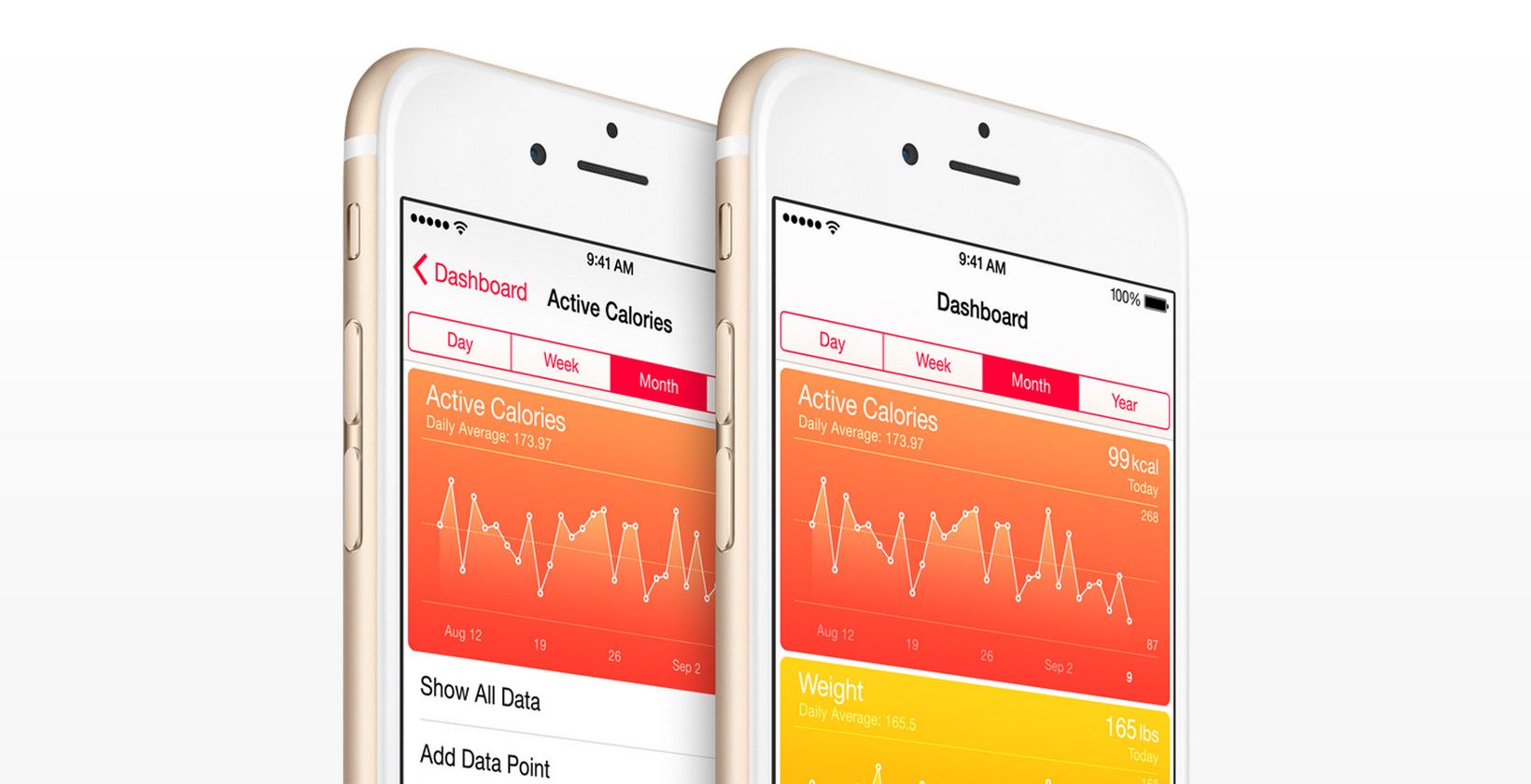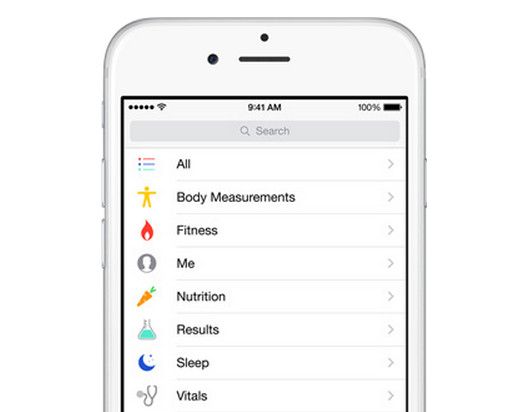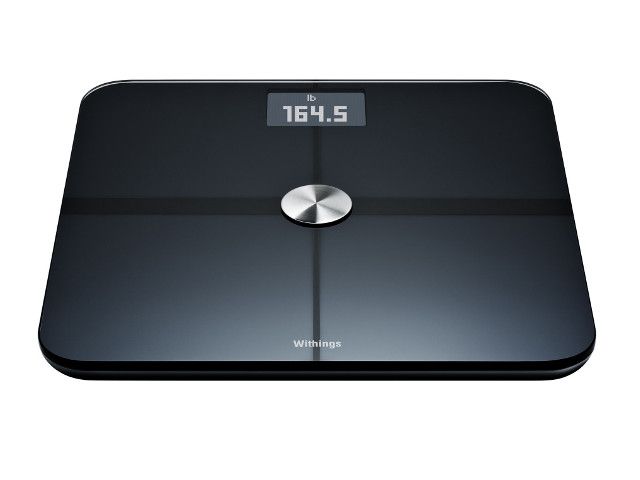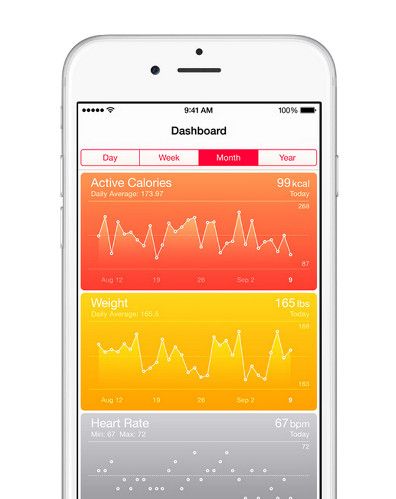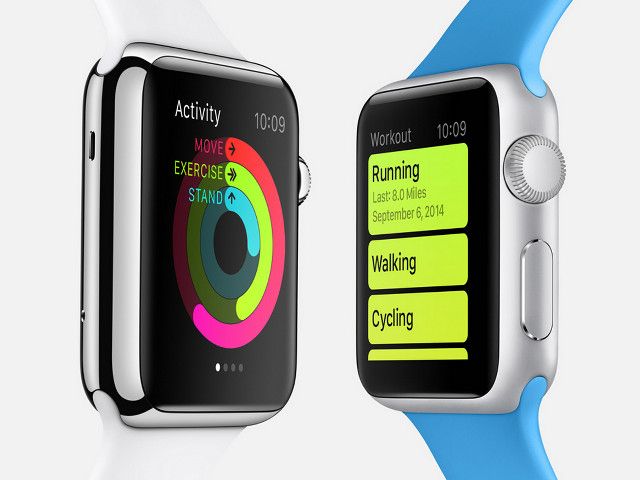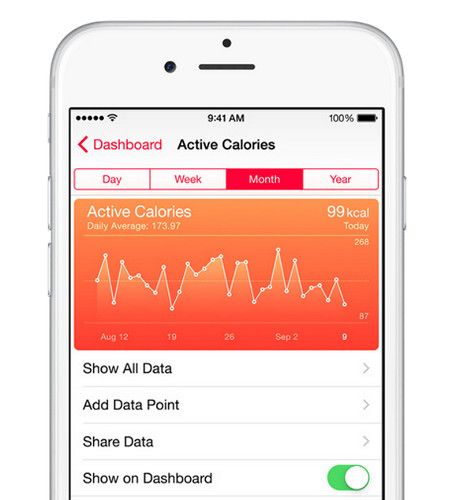Earlier this year Apple announced HealthKit, a new API exclusive to iOS 8 that lets iPhone developers access health and exercise data. Though it looked slick, the company remained mum about its obvious, absent partner; the Apple Watch.
Now the Watch has been revealed along with details about its extensive functionality, lifting the veil from HealthKit's full potential. Here's how Apple's new watch will turn your iPhone into a revolutionary device for managing your health and fitness.
Update: Apple has announced that due to a bug, third party apps won't be able to take advantage of HealthKit until the end of the month. Technically that shouldn't stop iOS 8 from tracking your activity, you just might have to wait a bit longer to use the data.
What Is HealthKit?
HealthKit is an application programming interface (API) built to help iPhone developers access and manage the user's health and fitness. This takes the form of data like heart rate, exercise, and level of activity. Your iPhone, when paired with an Apple Watch, will be able to monitor you with surprising detail.
HealthKit itself is not a sensor or an app. It is instead a way for developers to access the information it stores and a set of guidelines dictating how that information can be used.
Apple has stated, for example, that HealthKit information cannot be used for advertising or data-mining, and cannot be shared with third parties unless user consent is given. Apps that don't follow the guidelines, either intentionally or through poor implementation of the HealthKit API, will be rejected from the App Store.
Third-party developers are also barred from storing HealthKit data in the cloud. While this may restrict some functionality, it will help keep data secure. Apple will let your iPhone and Watch share data over a local network, providing connectivity similar to iCloud.
Where Does HealthKit's Data Come From?
The data stored by the new API can come from a variety of sources. You'll need to enter a few items manually using the Health app or third-party apps that have access to the API. This includes your medical conditions (if any), your blood type and your primary care physician.
Your iPhone can pick up some information automatically, if permitted. Let's say you decide to take a jog around a local park. Your phone's GPS can be used to monitor your pace and route, which in turn can be used to calculate the calories you've burned, the time you spent exercising and more.
There's a variety of third-party sensors that can be used with the iPhone, as well, like Withings Smart Body Analyzer. While these existed before iOS 8 and HealthKit, its introduction makes information provided by accessories manageable across multiple apps. This data used to be silo'ed into companion apps for each individual device.
Another important source of data is the Watch. Apple's wrist-friendly device will have numerous sensors including a heart rate monitor. This helps the Watch record how much time you spend exercising, walking, standing or sitting, which results in a complete picture of your day-to-day activity. While far from useless without the Watch, HealthKit will have access to far more data if you have one.
How Do I Access HealthKit's Data?
While developers hook into HealthKit via the API, users view data by opening the Health app bundled with iOS 8. This lumps all of your health data in one convenient location.
Fitness nuts, dieters and others trying to manage their weight and exercise regimens can use Health to explore detailed information about calories burned, weight and heart rate over time. This data can be viewed on a graph in the Health dashboard.
Users who need to manage a health condition, meanwhile, can use the app to view their current health profile, which includes a list of medical conditions, medicines, allergies and other information health care professionals will want to know if you're in for an appointment or need emergency care.
You'll be able to share data directly with your doctor if they work for an institution that supports that capability. Apple has announced over 20 health care companies plan to support HealthKit at launch. Let's say you have high blood pressure and check it every day. If you enter an unusually high reading the app can notify your doctor, who may ask you to come in for closer examination.
Watch owners will enjoy notifications that can be used to better track and achieve health goals. Office workers can set a reminder to stand and stretch every so often, for example, and athletes can use it to more easily track the precise time they've spent exercising. There will be two unique Watch apps, Fitness and Workout, to manage these features.
How Is HealthKit Data Secured?
As mentioned earlier, the HealthKit API lays out a variety of rules that any app using the API must follow. These rules prevent unauthorized sharing of the data and restricts storing the data in the cloud.
However, Apple itself stores data in iCloud for the purpose of backing up your devices. If your iPhone fails, and you pick up a new one, all of your HealthKit data will be retained when you setup the new device (provided you use the same iCloud account, of course). Apple has promised this data will be encrypted to block unauthorized access if the company's servers are breached. Whether you trust the promise will depend on whether you trust Apple.
Access to your HealthKit data by third-party apps is managed through an extremely detailed permission system. You can allow access to your blood pressure and heart rate, for example, but bar access to your weight or pre-existing medical conditions.
The permission system doesn't let apps ask "yes or no" questions that might be used to infer health details. For example, an app can't query whether or not blood pressure data is present on your iPhone. The app can only ask if it has permission to access blood pressure data, whether it's there or not.
Finally, all apps that use HealthKit data must provide the user with a privacy policy that states how health data will be used if permission is given.
Does It Work With My iPhone?
HealthKit is an iOS 8 feature, so whether or not you can use it depends on whether your iPhone supports the new operating system. Users with the following devices can install iOS 8.
- iPhone 4S or newer
- iPod Touch 5th-generation
- iPad 2 or newer
However, the Health app will be available only on iPhone. This may seem strange, but Apple has restricted apps to only its phone or tablet before. The company feels Health would be of little use on the iPad because it rarely leaves home.
To clarify: HealthKit is an iOS 8 feature, but the Health app is restricted to the iPhone. This means a third-party app on your iPad will be able to use HealthKit data, but you won't be able to manage that data on your iPad via the Health app.
The Watch also fits into this picture, of course, and unfortunately adds another limitation. Apple says it will only function with an iPhone 5 (any model) or iPhone 6 (any model). If you have an iPhone 4S you can install iOS 8, and use the Health app, and use HealthKit data, but your phone won't be able to communicate with your Watch. This negates a major selling point, so you probably shouldn't buy the Watch unless you have a compatible phone.
Conclusion
iOS 8 will provide developers and users with a way to turn the iPhone into a personal healthcare command center. An immense amount of data will be tracked, and it'll be available to apps and health care providers in ways never previously attempted. HealthKit will help all of us visualize our physical wellbeing like never before.
Are you looking forward to the possibilities offered by HealthKit? Are you worried about how the data will be used by others? Let us know in the comments!

